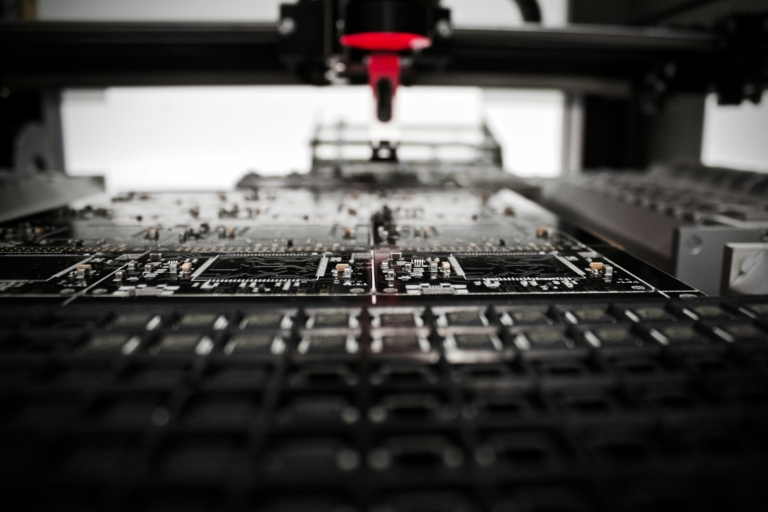In the world of manufacturing, change has always been a constant. Over the years, there have been three significant revolutions that reshaped how goods were produced. Each revolution brought new technology and methods, propelling industry forward. However, as the 21st century approached, a new wave of transformation began to emerge—Industry 4.0.
Evolution of the Industrial Revolution
Industry 1.0
Beginning in the 1780s, the first revolution centred on machines that were powered by steam and water.
Industry 2.0
The second industrial revolution began in the 1870s, was based on electrification, and involved high-volume production via assembly lines.
Industry 3.0
The third industrial revolution was founded on automation through the use of computers and electronics. This was enhanced by globalisation, which involved shifting production to low-cost economies.
Industry 4.0
Today, we are living in the fourth industrial revolution, which is founded on the notion of digitalisation and comprises automation, artificial intelligence (AI) technologies, internet connectivity, data analysis and acquisition, cyber-physical systems, and more.
Evolution of the Industrial Revolution
As global markets evolved, manufacturers recognized the critical need to adapt to the needs of a more interconnected world. Consumers sought faster production, higher quality, and more personalised products. Traditional manufacturing procedures could no longer keep up with these demands.
Here are some of the key technologies that are driving Industry 4.0:
Internet of Things (IoT): Devices and machinery are interconnected, allowing them to interact and share information.
Data Analytics: Large amounts of data are collected and analysed in order to optimise operations and improve decision-making.
Cloud Computing: Scalable resources are available, allowing for real-time data access and collaboration across multiple locations.
AI and Machine Learning (ML): AI and machine learning can generate insights that improve the visibility, predictability, and automation of operations and business processes.
Automation and Robotics: Advanced robotics can help automate tasks, leading to increased efficiency and reduced labour costs.

